Top ten coffee beans in the world, the most expensive and best coffee ranked first, which brand of coffee is the best to drink and the most famous
Today, coffee is grown and produced in more than 70 countries around the world. with the growing skills and processing techniques of coffee, different types and prices of coffee have emerged. If ranked by price, where will the coffee be the most expensive? In front of this article, let's talk about the top ten high-priced coffee in the world.
Panama Rose Summer Coffee
If there is a Rank in the coffee world, then Gesha is the king that does not need to be conceded. Over the past 20 years, the popularity of Gesha has been unparalleled. 70 years after the discovery of Ethiopia's primeval forest, it became popular in 2004, winning successive championships in world-class competitions and sweeping the global coffee circle. The price of rose summer has reached record highs. At the auction of the best Panamanian coffee in 2013, the sun batch of Jade Manor sold for $350.25 per pound, and in the 2019 selection of raw beans, rose sold for a whopping $1029 per pound.
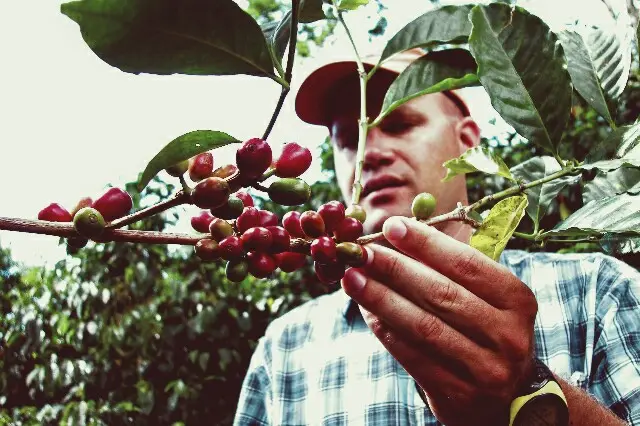
Rose summer is very picky about the growing environment, requiring high altitude, fertile soil, clouds or plant shade, can not be directly exposed to the sun. The owner of the emerald manor said that the garden needs a large number of shade trees to block the sun for the delicate rosy summer, and traditional pruning should be used at the initial stage of planting, otherwise the plant is easy to die. The higher the altitude is, the longer the ripening time of coffee fruit is, and the more complex and unique flavor performance is. Unlike other coffee varieties, the foliar system of Rosa coffee tree is very thin, that is to say, the efficiency of photosynthesis is very low, the root is still very fragile, and the absorption of water and nutrients is very slow, so the yield of coffee is very low. coupled with the high altitude growth environment, the fruit ripens later.
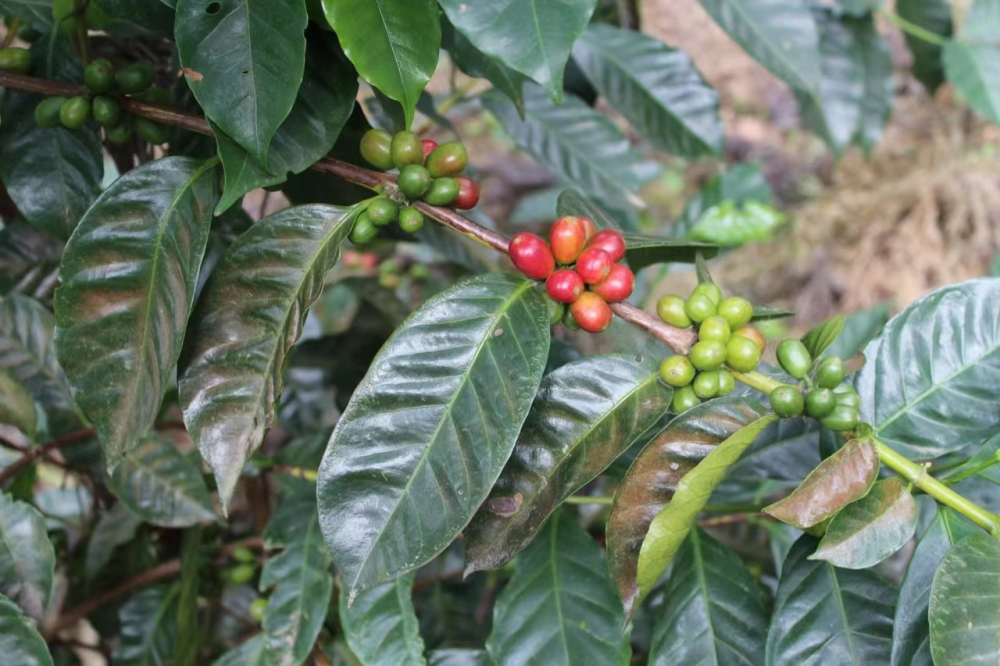
At present, Rosa Rosa has been planted in many parts of the world, and it is the new king of boutique coffee, among which Panama, Guatemala, Colombia and other Latin American countries have higher quality, and Panamanian Rosa is the leader in boutique coffee. When it comes to rose summer coffee, of course, the most popular coffee on the Qianjie bean list is the rose summer coffee produced by the famous jadeite manor, which is divided into red rose summer, green rose summer and volcanic rose summer according to different characteristics. High-quality Rosa coffee is loved by many coffee people because of its pungent aromas of roses, oranges, berries and honey.
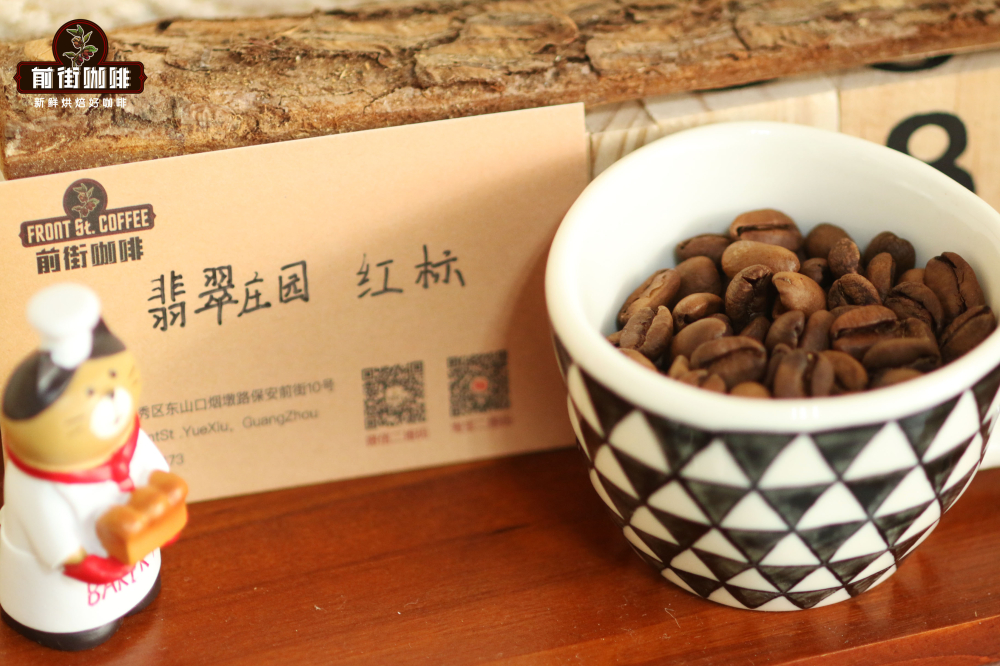
Second, civet coffee
The raw material of civet coffee is coffee beans collected from the feces of civets, also known as Kopi Luwak, from Indonesia. According to the relevant information in Qianjie, due to the complex processing process and rare output, the most expensive price of wild musk cat shit coffee beans is as high as 50,000 yuan per kilogram, with an average price of thousands of yuan per cup of coffee.
At the beginning of the 18th century, the Dutch set up coffee planting bases in some parts of Indonesia, and at the same time banned locals from picking and eating their own coffee beans. Indonesians accidentally found that Indonesian coconut cats, that is, civet cats, like to eat these fruits very much. after fermentation, digestion and excretion, manual treatment was carried out to get coffee beans with unique flavor. With the popularity of civet coffee, local coffee farmers in order to chase high profits, take wild civets home to raise, in order to increase production. Because this kind of behavior is too cruel, out of the protection of wild animals, there is less and less civet coffee on the market.
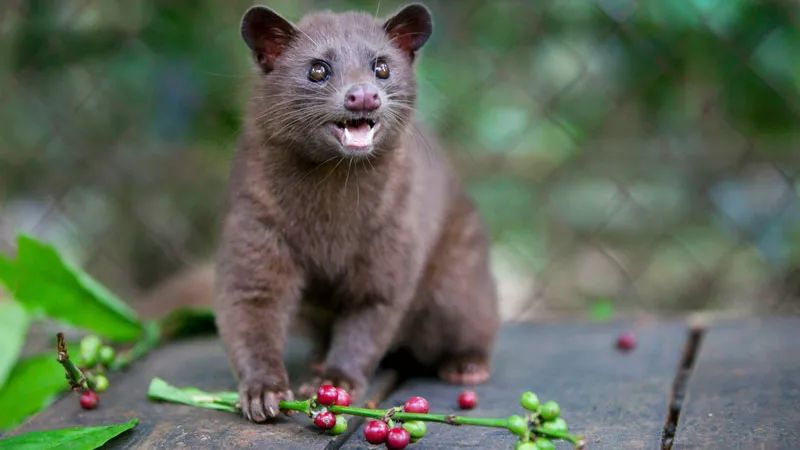
St. Helena Coffee
St. Helena Island is a remote island with a volcanic and subtropical climate near the South Atlantic Ocean. The growth of coffee trees on the island depends entirely on natural conditions and is absolutely green and organic. Qianjie learned that the reason why it tastes so unique, first of all, because of the advantages of varieties, St. Helena Coffee is the best of the bourbon species-green top body bourbon, with the characteristics of natural low cause, and elegant and pure flavor. St. Helena Island as a volcanic island, has a different soil from the outside world, because the location of the island is relatively independent, coffee also retains the original regional flavor. In addition, the local coffee farmers' association collects the manure of seabirds on the island as natural fertilizer, which also provides more nourishment for the growth of coffee trees.
In 1815, Napoleon's defeat was taken to St. Helena's house arrest. He wanted to drink coffee every day. He praised St. Helena's coffee, and the celebrity effect made this kind of coffee very popular. At that time, he gained numerous high reviews and became the world's most expensive and unique coffee at a price of 1 pence per pound in 1845.
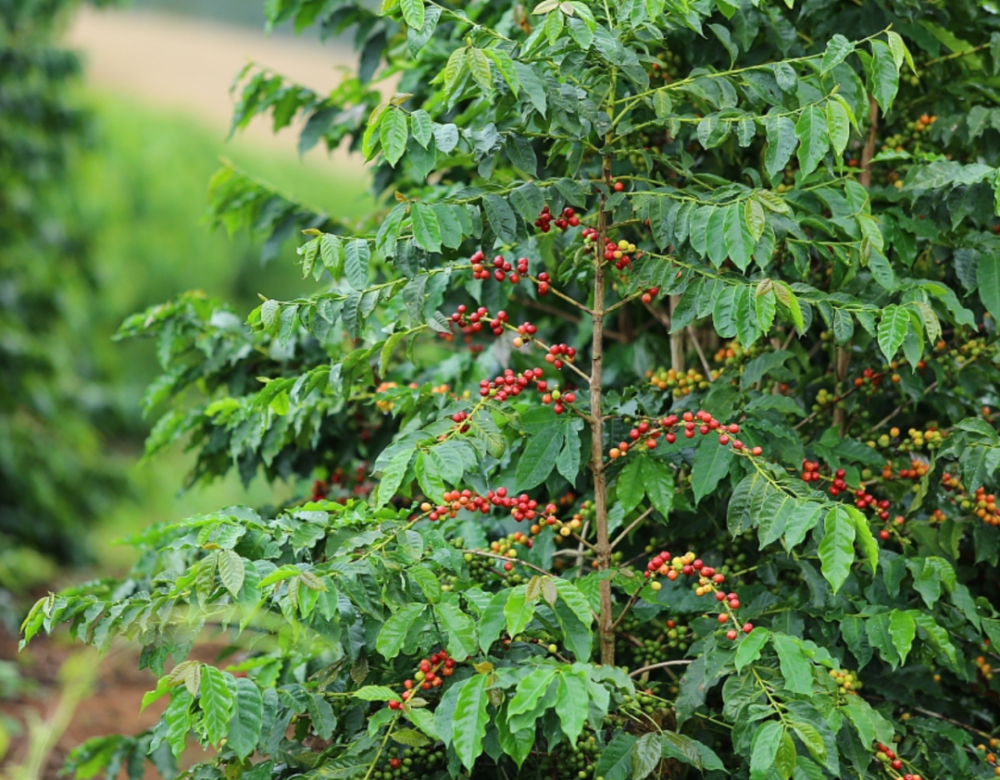
Hawaiian Kona Coffee
Kona area, located in the Hawaiian Islands of the United States, has an island climate, nutritious volcanic black mud soil, moderate acidity, natural drainage for hillside planting, sunny and sunny in the morning, cloudy and foggy in the afternoon (even though Kona uses unshaded planting, but the clouds form a natural shade in the afternoon), sunny and cool at night, this unique climate, which is not too cold and not too hot, is very suitable for coffee trees. The unique region and climate make Kona coffee beans have a perfect appearance, the fruit is very full. After treatment and baking, it shows mild acidity, rich aroma, lingering finish, wine aromas, fruit and spice aromas.
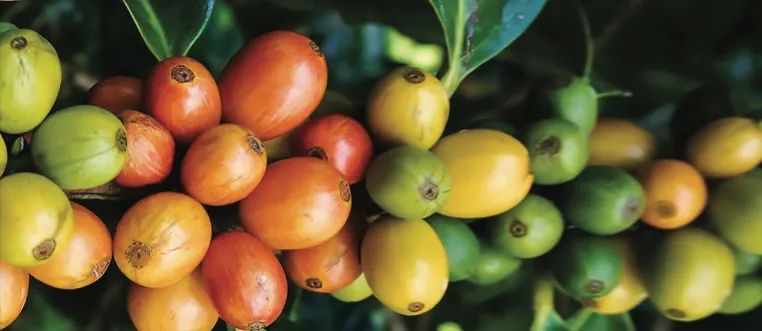
Kona coffee beans with unique flavor have high reputation and price because of their small output and high cost. On average, a coffee tree produces only about 22 pounds of coffee fruit, with a bean yield of 14% and only 3 pounds of processed coffee beans. While Kona is planted on the hillside, the production process is time-consuming and can only be harvested by hand. The cost per pound of Kona coffee may be more than $14,15, including labor, marketing, freight, taxes, etc., and the cost per pound may reach $40,60.
Coffee from Chateau Saint-Ines, Brazil
Fazenda Santa Ines is a well-known coffee estate owned by Sert ã o, a century-old Brazilian coffee family group, and the origin of Oneka boutique coffee in Brazil. St. Ines Manor is about 9-1100 meters above sea level. The soil in this area is rich in minerals, volcanic rocks, natural gas mineral springs with excellent water quality and various ingredients, coupled with a changeable microclimate and such superior geographical conditions. create high-quality coffee beans and become the main producing area of important boutique coffee beans in Brazil.
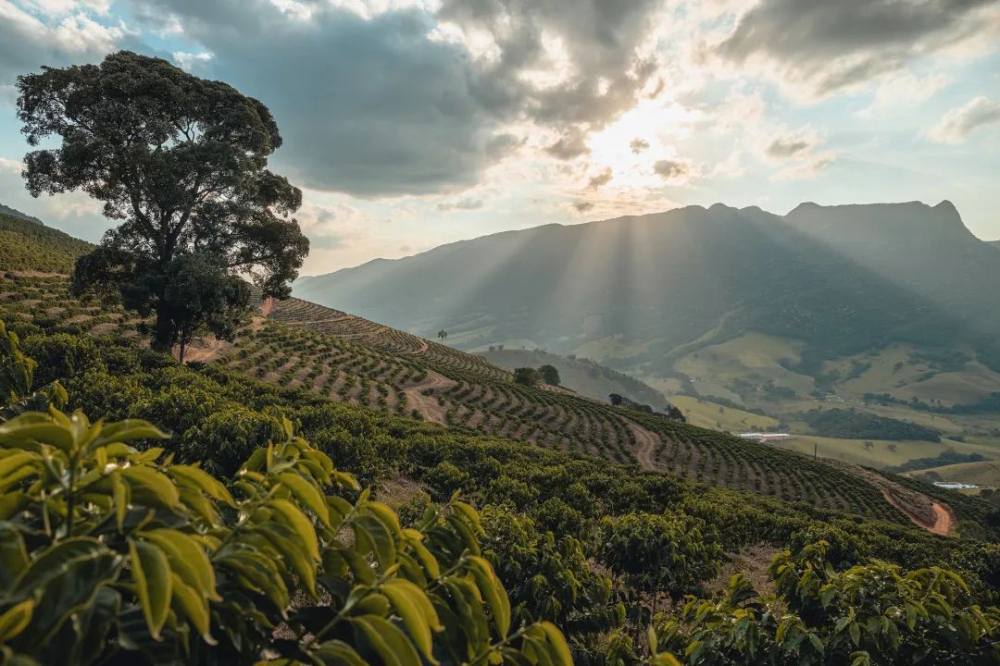
Because of its superior geographical conditions, the coffee beans produced by St. Ines Manor have always attracted much attention. The estate still grows coffee in the traditional way and harvests it manually rather than mechanically. The coffee produced here has strong acidity, sweet berry flavor and nutty or caramel sweetness, with a long finish. In recent years, the Chateau Saint-Ines has become one of the leading coffee-growing areas in Brazil, winning many world-famous boutique coffee competition COE cups.
VI. Jamaica Blue Mountain Coffee
The Blue Mountains are the highest part of Jamaica, and the mountainous mountains form a unique microclimate. The rainforest climate brings concentrated rainfall and nutrient-rich volcanic ash soil, where coffee trees do not need too much irrigation and fertilization. The cool and comfortable high-altitude planting area surrounded by mist is very suitable for the growth of all kinds of crops, and the local people usually plant coffee trees and banana trees together. In order to stabilize the high quality of Blue Mountain Coffee, the Jamaican Coffee Industry Committee stipulates that only iron pickup varieties located at an altitude of 910m to 1700m can be given the name "Jamaican Blue Mountain Coffee" Jamaica Blue Mountain.
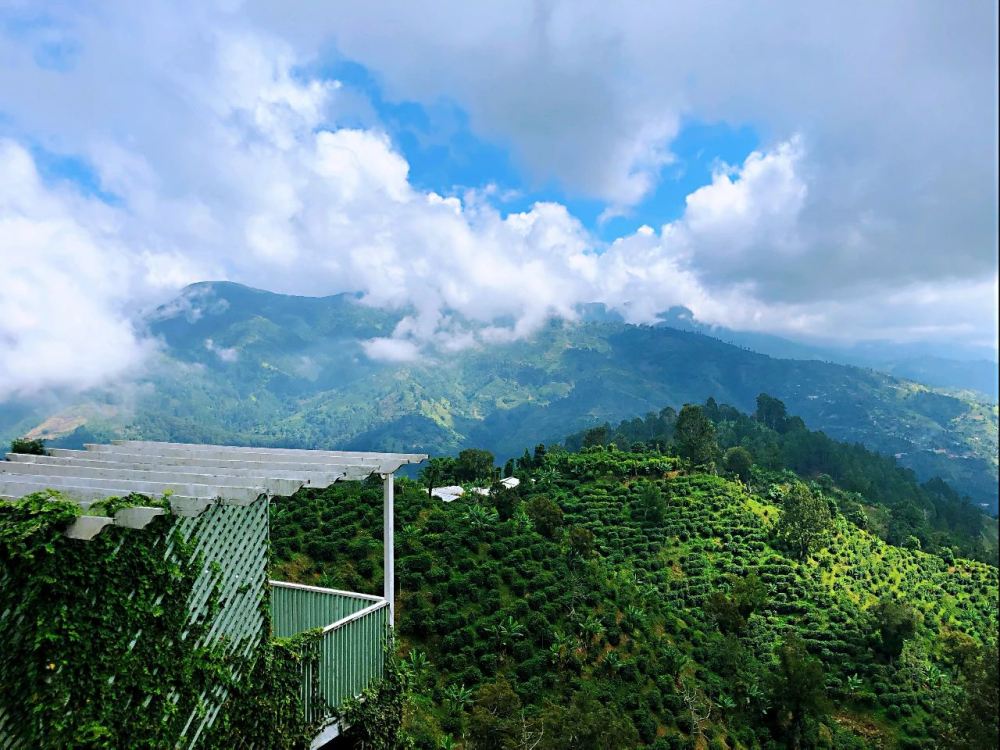
The terrain at the high altitude of the Blue Mountains is uneven, and it is very difficult to manage and pick, so there is a high demand for the proficiency of the harvester, which further affects the yield. In recent years, less than 15% of the coffee beans produced in Jamaica can be labeled as Blue Mountain Coffee. About 900 tons. The fresh fruit of the picked coffee will be immediately transported to the processing plant for processing, and the peel and flesh of the coffee will be removed by washing and dried.
Jamaica was affected by hurricanes in the 1960s, many industries were in trouble, and the coffee industry was no exception. At this time, the Japanese company UCC made financial assistance for the Jamaican coffee industry and introduced a scientific ecological planting method. The Jamaican government has signed a 30-year contract with Japan, promising to supply 90% of the high-quality Blue Mountain coffee to Japan, which has led to the high price of Blue Mountain coffee. During the global economic crisis in 2008, Jamaica allocated more quotas of Blue Mountain Coffee to other countries. With the expansion of Chinese coffee market demand, many Chinese merchants have been able to import blue mountain coffee beans directly from Jamaica. The Jamaican Blue Mountain No. 1 coffee on the front street is produced by the historic Clifton Manor, which is traditionally washed and roasted with a delicate aroma, smooth, balanced taste, low weak acidity and long-lasting taste.
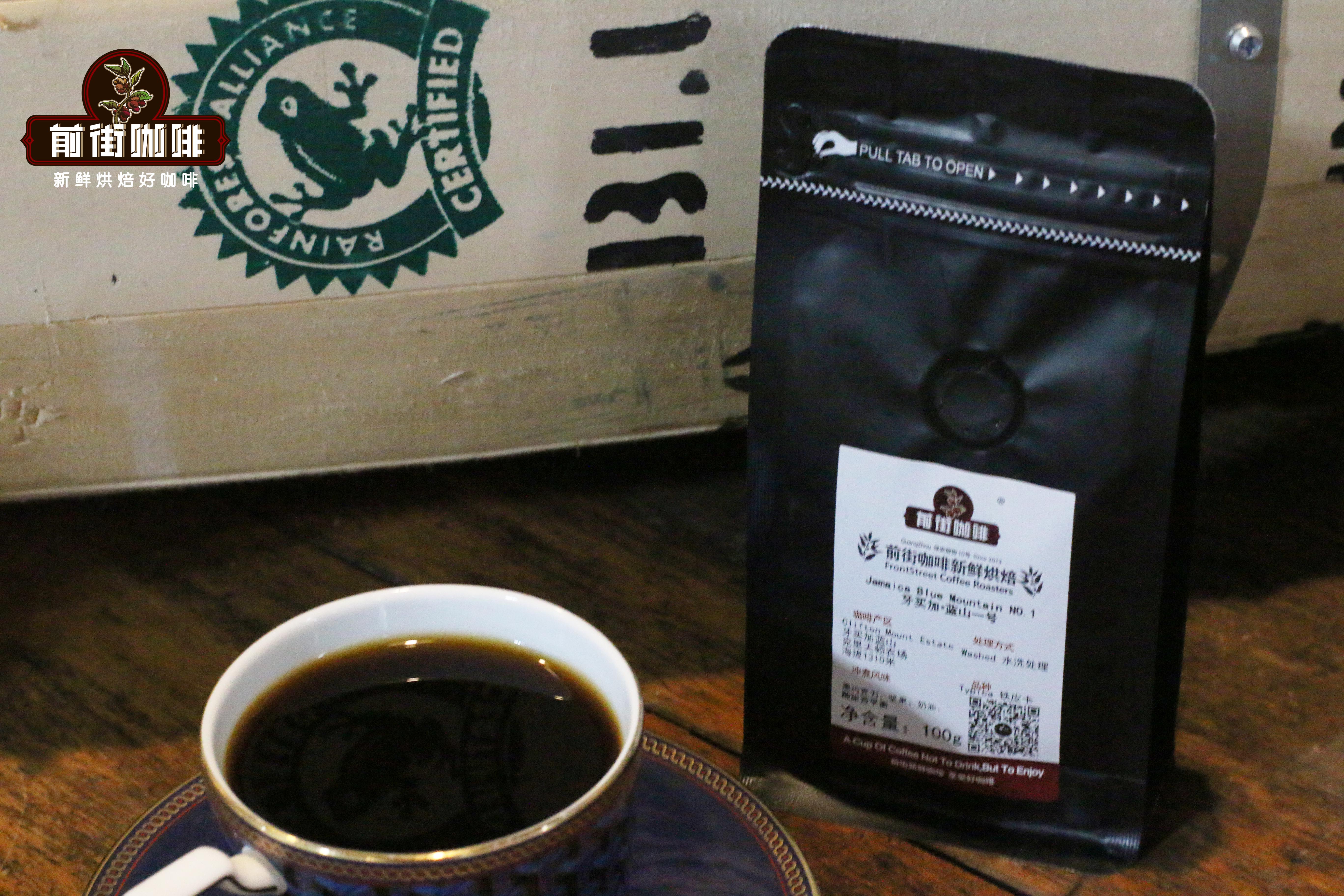
7. Sarvado Lopranes Coffee
El Salvador, once the fourth largest coffee producer in the world, brought down the entire coffee industry after decades of civil war, and with the end of the civil war, the local coffee came back to life. Los Planes coffee Coffee is a famous coffee from the Central American country of El Salvador.
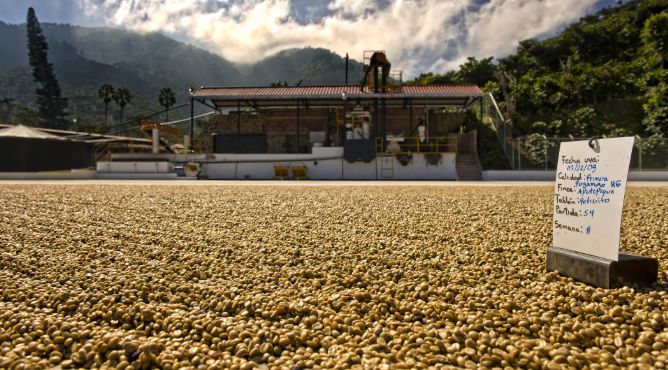
Coffee is grown in the mountainous areas of Chalatenango by the Sergio Ticas Yeyes family, which has operated coffee plantations for generations. Their coffee won the second and sixth place in the Cup of Excellence Competition in 2006 and 2011 respectively, and there is no doubt about its quality. coupled with the unique and balanced flavor of orange, caramel and black sugar, their coffee has become a favorite of many coffee lovers.
Esperanza Coffee, Honduras
Honduras is a mountainous country located in the north of Central America. It is bordered by the Caribbean Sea to the north, the Gulf of Fonseca in the Pacific Ocean to the south, Nicaragua and El Salvador to the southeast and Guatemala to the west. More than 3/4 of the territory are mountains and plateaus, with mountains extending from west to east, inland lava plateaus, intermountain valleys and coastal plains. Tropical climate, coastal plain belongs to tropical rain forest climate. Honduras has a good coffee growing environment, microclimate, altitude, soil, abundant rainfall. Shirley, the alcoholic coffee on the front street bean list, is produced in Honduras.
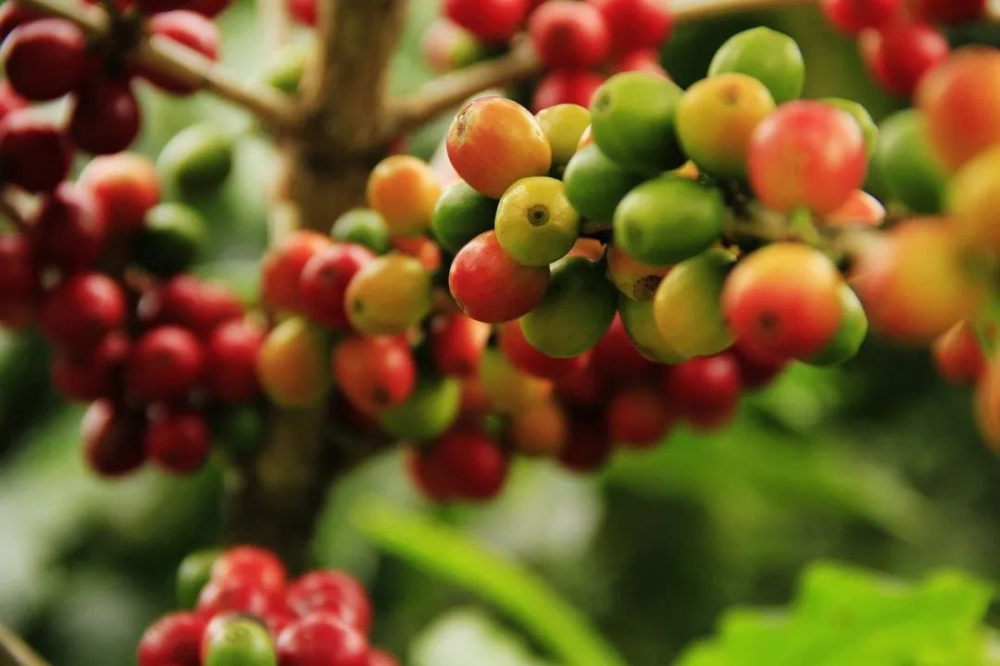
Esperanza Coffee (Mi Esperanza Coffee) stands out. At an online auction of raw beans, an international buyer bought 1320 pounds of Esperanza beans at a record price ($35.10 / lb). This kind of coffee beans grow in a superior natural environment, showing a multi-layered flavor of fruit, nuts, chocolate and spices, with rich aroma and no bitter aftertaste, so it is deeply loved by coffee fans.
IX. Rwanda Blue bourbon Coffee
Rwanda, located in the central African region, is a standard landlocked country, and its neighboring countries are all big coffee producers. Rwanda, known as the "country of a thousand hills", has many mountains and plateaus, and most coffee trees are planted on mountains between 1700 and 2000 meters above sea level. Most of Rwanda has a tropical plateau climate and savanna climate, mild and cool. There are about 33000 hectares of coffee plantations and 500000 people are engaged in the coffee industry. The unique planting conditions make the coffee beans of Rwanda taste different, with the fresh sweetness of fruit, the fragrance of flowers and the aftertaste of black tea.
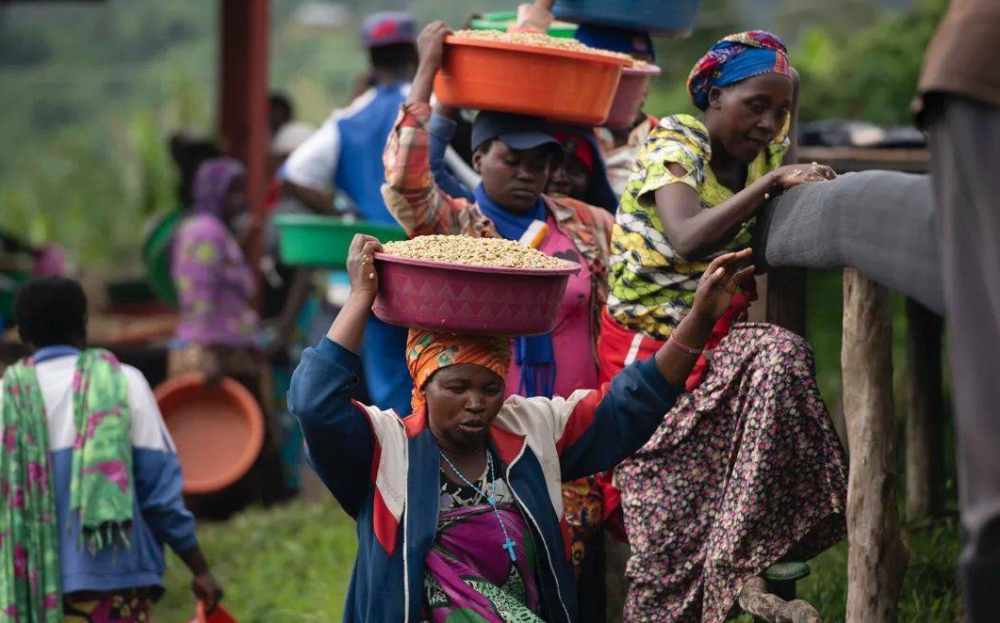
The locally grown Bourbon, one of the original varieties of Arabica coffee, was originally made locally in Rwanda. In 2004, Starbucks decided to introduce the bourbon coffee with his own label. Starbucks Rwanda Blue bourbon (Starbucks Rwanda BlueBourbon) is now available around the world with high acidity, cherry, butter and nutty aromas and a long finish.
10. Puerto Rico Yukte Coffee
Puerto Rico has a very long history of coffee cultivation, as a Caribbean island, as early as the 1860s, as a commodity coffee industry has begun to rise here. Nineteenth century, is the heyday of Puerto Rico coffee, varieties to Tibica-based, annual output of 15000-28000 tons, is the sixth largest producer in the world at that time, the famous Yuke selected coffee (Yauco Selecto AA) mild acidity, excellent viscosity, a change of island beans as light as water ridicule, and strong nutty flavor, was once known as the king of island coffee, but also become the island producing countries competing to learn objects.

Yuke is rainy, especially in high-altitude mountain areas, and the soil is rich in nutritious clay. Under these favorable conditions, the amount of CoffeeYauco Selecto AA produced is limited, the taste is full, with butter flavor, and the finish is accompanied by chocolate flavor.
Professional coffee knowledge exchange more coffee bean information please follow the coffee workshop (Wechat official account cafe_style)
For more boutique coffee beans, please add private Qianjie coffee on Wechat. WeChat account: qjcoffeex
Important Notice :
前街咖啡 FrontStreet Coffee has moved to new addredd:
FrontStreet Coffee Address: 315,Donghua East Road,GuangZhou
Tel:020 38364473
- Prev
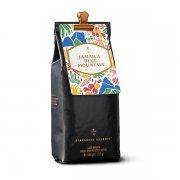
Starbucks Jamaica Blue Mountain Coffee Story Jamaica Blue Mountain Coffee Bean Label Pattern Meaning
Professional coffee knowledge exchange More coffee bean information Please pay attention to coffee workshop (Weixin Official Accounts cafe_style) Mavis Bank Blue Mountain NO.1, authentic Jamaica Blue Mountain legal coffee producing area collection coffee-Jamaica Blue Mountain STARBUCKS RESERVEJAMAICA BLUE MOUNTAIN rich floral fragrance accompanied by citrus fruit tonality and smooth texture chocolate flavor line door to door
- Next
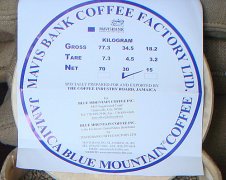
Jamaica Blue Mountain Coffee Mavis Bank official processing Plant 100% Blue Mountain Coffee (M.B.C.F)
Professional coffee knowledge exchange more coffee bean information please follow the coffee workshop (Wechat official account cafe_style) Mavis Bank Blue Mountain NO.1, the authentic Blue Mountain coffee producing area of Jamaica has a long history. In 1728, the then British Governor Nicholas Lowe Sir Nicholas Lawes imported coffee from French Martinique Island to Jamaica.
Related
- Detailed explanation of Jadeite planting Land in Panamanian Jadeite Manor introduction to the grading system of Jadeite competitive bidding, Red bid, Green bid and Rose Summer
- Story of Coffee planting in Brenka region of Costa Rica Stonehenge Manor anaerobic heavy honey treatment of flavor mouth
- What's on the barrel of Blue Mountain Coffee beans?
- Can American coffee also pull flowers? How to use hot American style to pull out a good-looking pattern?
- Can you make a cold extract with coffee beans? What is the right proportion for cold-extracted coffee formula?
- Indonesian PWN Gold Mandrine Coffee Origin Features Flavor How to Chong? Mandolin coffee is American.
- A brief introduction to the flavor characteristics of Brazilian yellow bourbon coffee beans
- What is the effect of different water quality on the flavor of cold-extracted coffee? What kind of water is best for brewing coffee?
- Why do you think of Rose Summer whenever you mention Panamanian coffee?
- Introduction to the characteristics of authentic blue mountain coffee bean producing areas? What is the CIB Coffee Authority in Jamaica?

